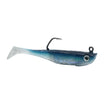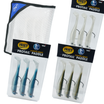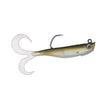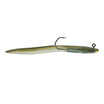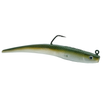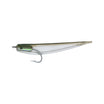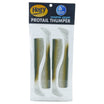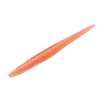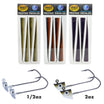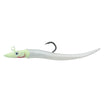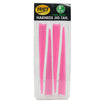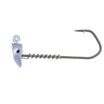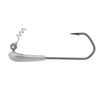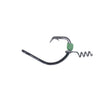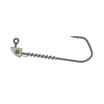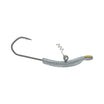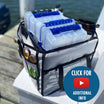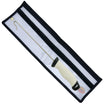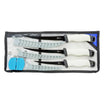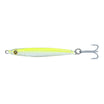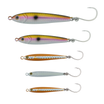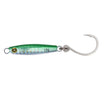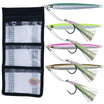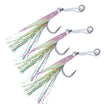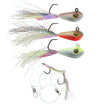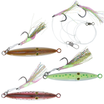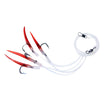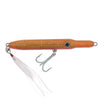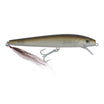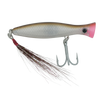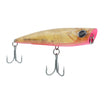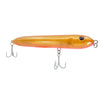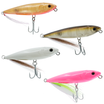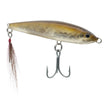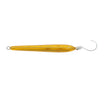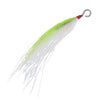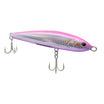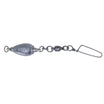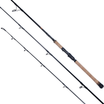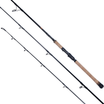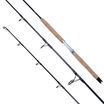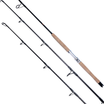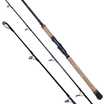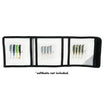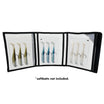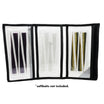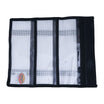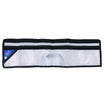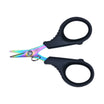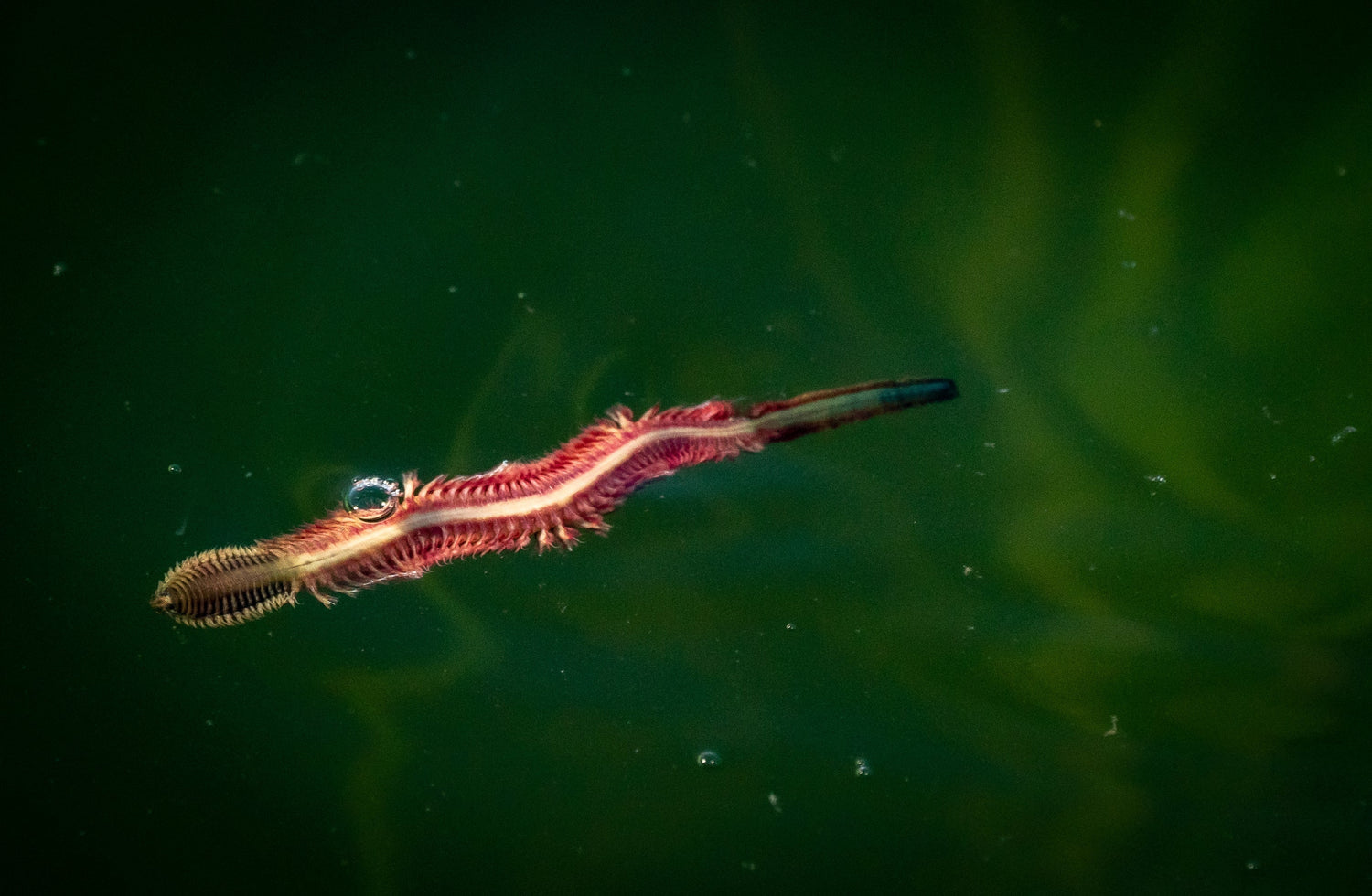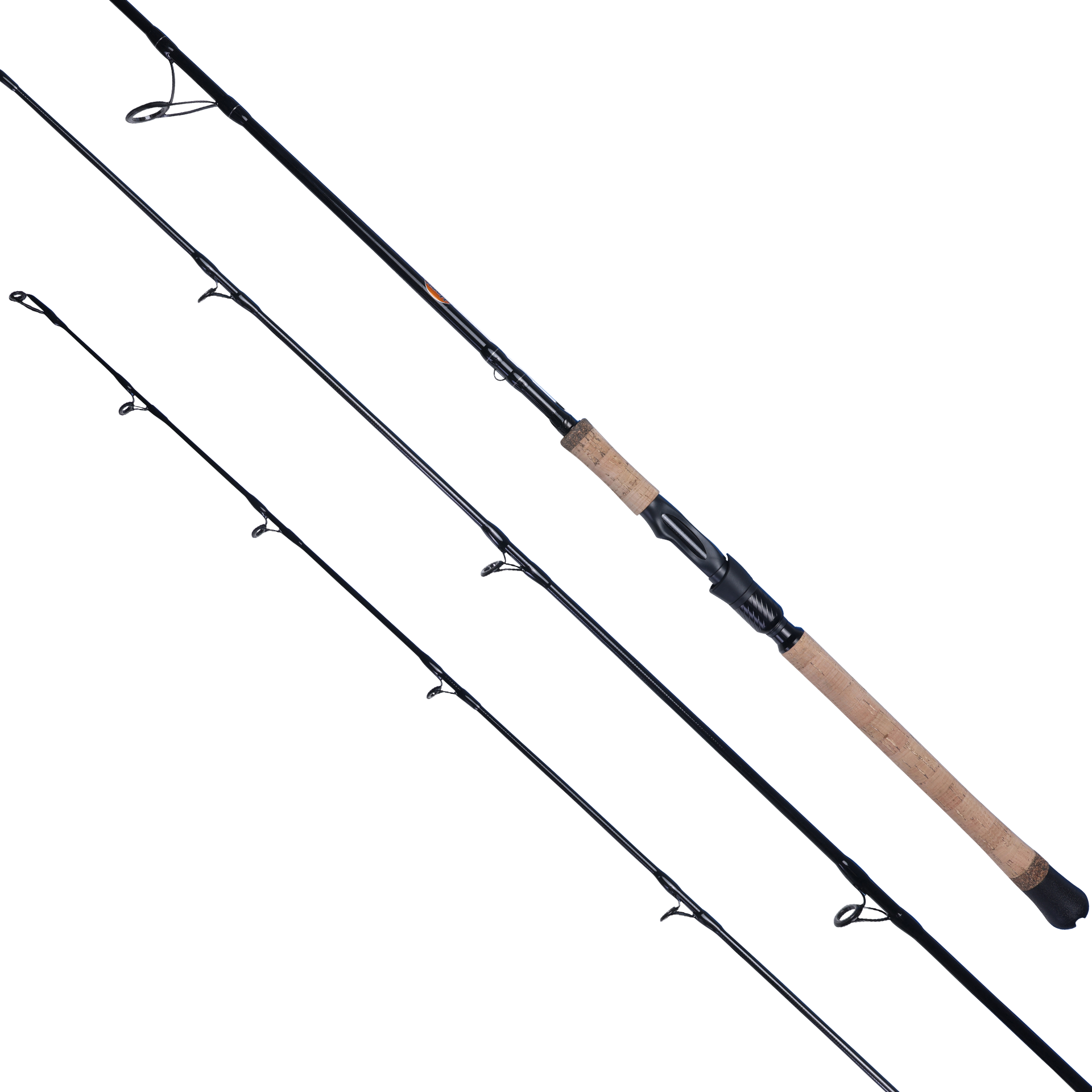Every spring, the estuaries and backwaters of Southern New England experience the annual worm hatch. This event marks the rise of worms from the mudflats, and stripers, bluefish, and other predators capitalize on this abundant food source. For anglers, the worm hatch represents a golden window to target trophy striped bass on light tackle in these rich, tidal environments. With proper timing, technique, and understanding of fish behavior, it’s possible to capitalize on this peak fishing event, making it a key part of Cape Cod's fishing calendar.
How it Works:
Estuarine Richness: The mix of saltwater and freshwater in Cape Cod’s estuaries—like Barnstable Harbor, Pleasant Bay, and Waquoit Bay—creates ideal conditions for worms to thrive. The nutrient-dense waters also attract baitfish and crustaceans, making these areas prime feeding zones for predators like striped bass. The worm hatch only enhances this dynamic, drawing predators in for an easy feast.
Tidal Influence: Cape Cod’s tidal range plays a critical role during the worm hatch. As the tide rises and falls, it carries worms from the mudflats and exposes them in shallow waters. Predatory fish, particularly striped bass, use the current to help carry worms into their feeding zones. The resulting feeding frenzy can be intense, especially during early morning and evening low-light conditions.
Feeding Frenzy: The worm hatch brings worms to the surface in large numbers, creating an almost “too good to be true” opportunity for striped bass. Fish feed aggressively on the worms as they flood shallow areas, taking advantage of this rich food source.

Best Time in Season
Spring (Late April to Early June): The worm hatch peaks from late April through early June. During this time, striped bass begin migrating into the estuaries to feast on the worms before continuing to the bays and ocean.
Best Tides and Conditions
Incoming Tide: The incoming tide pushes worms from the mudflats into shallow areas where striped bass are waiting. This is the best time to fish, as the current carries bait right into predators’ ambush zones.
Outgoing Tide: As the tide recedes, stripers follow the worms back out to deeper waters, especially around drop-offs or submerged structures like rocks and jetties. Focus on these areas when the tide starts to ebb.
Low Light Conditions: Worm hatches are especially productive at dawn and dusk when fish are more comfortable feeding in the shallows. These low-light conditions enhance feeding behavior and reduce fish wariness, making them more likely to strike.
Tells
Surface Disruptions: During the worm hatch, striped bass often break the surface in explosive strikes. These surface boils indicate that fish are actively hunting worms, and this is the ideal time to cast your lures.

Tactical Casting Zones

Shallow Mud Flats Near the Shore: The worm hatch pushes worms toward the shallow mud flats as the tide rises. Fish the shorelines during the incoming tide, when the current carries worms into these shallow areas.
Drop-offs and Channel Edges: As the tide recedes, stripers move along drop-offs and into deeper channels. Focus your efforts during the outgoing tide when fish follow the worms out to deeper waters.
Approaches for Estuary Worm Hatch Fishing

Position & Swing – Cast Up-Current, Let the Lure Swing into the Feeding Zone: Position yourself just inside or slightly ahead of the current seam, where stripers are waiting to ambush. Cast up-current and let the current carry your lure into the strike zone. Use a steady retrieve to mimic the natural drift of worms.
Slow Crawl Along Drop-offs and Structures: As the tide recedes, focus on drop-offs, submerged rocks, and other structures where stripers are likely to hold. Let your lure sink to the bottom and work it slowly along the drop-off, imitating worms being washed away by the current.
Walk the shoreline and identify areas that are holding the most fish: The bite will stay close to the hatch in slower current but moves down tide once the current get’s stronger. Focus on the incoming tide when the worms are pushed into the shallows, and use slow, steady retrieves or lift-and-drop techniques to mimic the worms’ movement.

Lure Types
Hogy Epoxy Jig Lures (Slim Profile, Subtle Flash)
Perfect Hatch Profile: Slim body, translucent flash, and natural fall match the profile and behavior of emerging worms.
Long Casts on Light Tackle: Get the reach you need when fish are slurping far off the bank.
Slow Fall = More Eats: Balanced for horizontal descent and lifelike spiraling motion during the drop.
Classic Colors, Modern Build: Time-tested black/red fly colors, rendered in indestructible epoxy.
Built for Light Leaders: Castable with 8–15lb setups for ultimate finesse.
Retrieve Techniques:
Twitch – Twitch – Pause Retrieve
Rod Position: Point the rod tip horizontally at the start of the cast.
Reel Speed: Medium speed, adjusting as needed to maintain natural action.
Steps:
Impart short, rhythmic twitches to create a side-to-side motion, mimicking the movement of an injured worm.
Watch for strikes during the pause, and reel in to eliminate slack before setting the hook to increase your hook-up ratio.
Casting Jig Steady Retrieve
Rod Position: Horizontal or tip-up
Steps:
Cast Out: Cast your jig into the target area.
Steady Retrieve: Reel in slowly, allowing the jig to maintain its natural action in the water. This steady motion mimics the slow, natural drift of worms carried by the tide, attracting predators like striped bass.

Soft Plastics (Worm Imitators)
Soft plastics that imitate worms are highly effective during the worm hatch. Whether rigged weightless or on a light jighead, these lures replicate the natural movements of worms drifting in the current.
Retrieve Techniques:
Twitch – Twitch – Pause Retrieve
Rod Position: Horizontal at the start of the cast.
Reel Speed: Medium, adjusting as needed.
Steps:
Impart rhythmic twitches with the rod tip to create a side-to-side motion, mimicking an injured worm.
Be ready for strikes, especially during the pause. Reel in to eliminate slack before setting the hook to increase your hook-up ratio.
Stick Retrieve
Rod Position: Horizontal or tip-up at an angle.
Steps:
Cast Out: Cast your soft plastic worm into the target area.
Steady Retrieve: Reel in steadily, allowing the worm imitation to move naturally, simulating a worm drifting through the water.
Pop n Fly
The Pop n Fly technique combines surface commotion with the movement of a trailing fly, making it ideal for attracting predators feeding near the surface during the worm hatch.
Retrieve Technique:
Pop n Fly Retrieve
Rod Position: Tip slightly up or horizontal
Steps:
Cast Out: Cast the Pop n Fly setup into the target area, ensuring you cover a broad swath of water.
Pop and Pause: Use sharp pops with the popper to create splashes, followed by pauses to let the trailing fly settle and attract fish.
Retrieve Fly: Maintain a slow to medium retrieve speed to keep both the popper and fly moving naturally.
Monitor the Fly: Pay attention to the movement of the trailing fly, and be ready to set the hook when a fish strikes.
End Note
Fishing the worm hatch in Cape Cod’s estuaries and backwaters is an exciting and rewarding opportunity for anglers. By understanding the dynamics of the worm hatch, such as the tidal movements, key structural areas, and the appropriate retrieves, you can target striped bass effectively during this productive event. The worm hatch is a brief but intense feeding period that provides anglers with the chance to land trophy striped bass and experience some of the best fishing Cape Cod has to offer.

